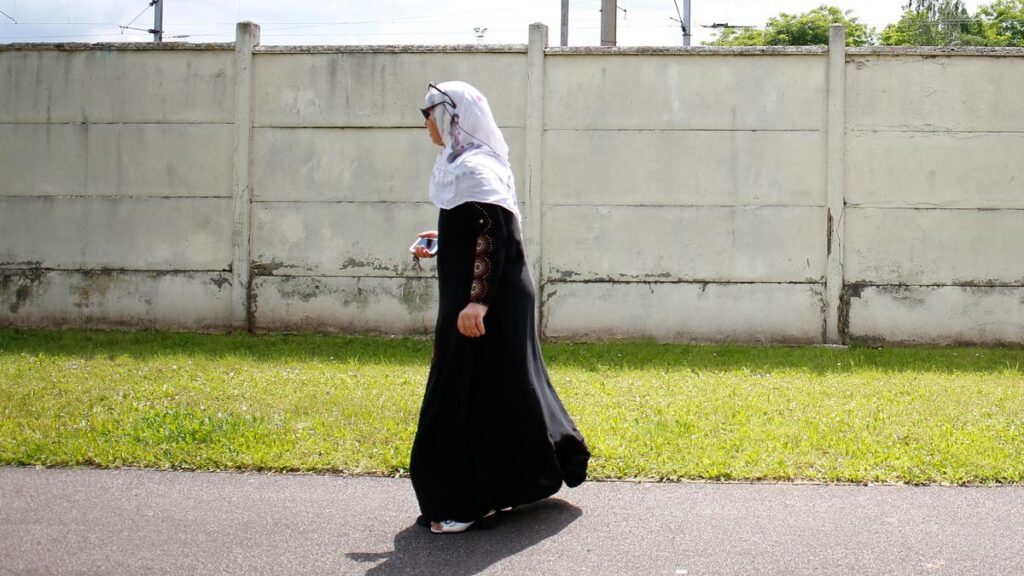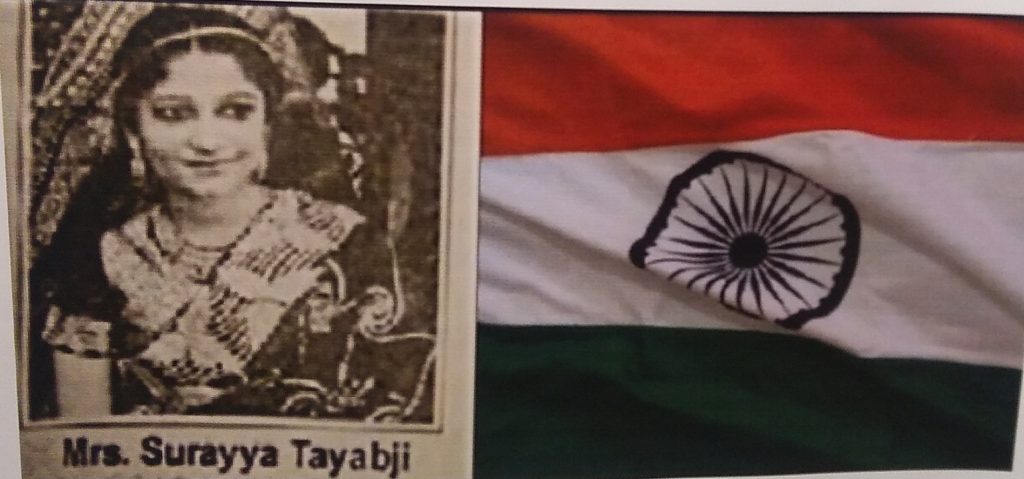INDIA :
In 45 essays, three editors gather multiple travel accounts by Muslim women who, alone or chaperoned, veiled or unveiled, travelling for work or pleasure, bust every stereotype. Apart from records of the new and the unexpected, there are also observations about all aspects of life, including religious and social practices.

For representative purposes. | Photo Credit: AFP
I began reading Three Centuries of Travel Writing by Muslim Women (Zubaan Books) chronologically, hoping rather ambitiously to read it from cover to cover, one essay at a time. That was a mistake, I think. The book is better served, and savoured, if the reader were to dip into it in no particular order. Each essay is so precisely contextualised by the immaculate ‘Introduction’ prefacing each entry and followed by ‘Further Reading and ‘Notes’ that even a casual reader can dip into this richly documented, beautifully translated volume of disparate writings and partake of the spirit behind it.
For the more serious reader/researcher, there is of course the scholarly introduction by Siobhan Lambert-Hurley and Daniel Majchrowicz who edited the book (along with Sunil Sharma). They write: “On the face of it, the premise of this volume is simple: a comparative study of travel narratives by Muslim women who travelled the world before the ‘jet age’ transformed modern mobility. Yet in our contemporary moment, the very juxtaposition of these terms — Muslim, women, travel mobility — instantly raises a number of questions.”

Colonialism, gender, travel, religion, money come together in unexpected ways throughout this book. What is more, these accounts by educated and “privileged” Muslim women also contain descriptions — sometimes empathetic, occasionally derisive — of other Muslim women they meet during their travels who are poor and disadvantaged and, being illiterate, could not have recorded their experiences or left written records of their lives. So, apart from records of the new and the unexpected, there are also observations about the different practices of child-rearing, food, cooking habits, dress, religious and social practices.
Multiple voices
These first-hand accounts, originally written in Urdu, Persian, Arabic, Turkish, Chaghtaai Turki, Punjabi, Bengali, Indonesian, German and English, span the 17th to 20th centuries thus presenting an array of experiences and impressions. Written variously as conventional travelogues (Halide Edib, Zainab Cobbold), excerpts from autobiographies (Salamah Bint Said/Emily Ruete, Huda Shaarawi), diary entries (Muhammadi Begum, Begum Hasrat Mohani), written for limited circulation as magazine articles (Rokeya Sakhawat Hossain, Shams Pahlavi), recorded for family and friends (Begum Sarbuland Jung, Ummat al-Ghani Nur al-Nisa), or with a pronounced political overtone (Suharti Suwarto, Melek Hanim) quite naturally, therefore, present different voices and concerns. Chatty, informal, informed when the writing is for herself or her family members; or formal, structured, detailed, sometimes even didactic when she knows what she is writing is meant for public consumption.
Travel as life
There are 45 accounts in all, grouped under four headings: Travel as Pilgrimage, Travel as Emancipation and Politics, Travel as Education, and Travel as Obligation and Pleasure. While large numbers of Indian women have written haj accounts, there is only one Indian in the second section, Shareefah Hamid Ali, who represented India at the United Nations and travelled by air. Several Indian Muslim women chose to travel for education, sometimes their own, or their husband’s or sons’. There is Mehr-al-Nisa from Hyderabad who joined her doctor husband in Ohio to train as an x-ray nurse, and Zaib-un-Nisa from Karachi writing an account of her 60 days in America as a member of the U.S. Department of State-sponsored Foreign Leader Exchange Programme where she crosses the breadth of the United States in a hired car with her husband.
Safia Jabir Ali, daughter of the esteemed Tyabji clan, married Jabir Ali who travelled extensively for business from their home in Burma to Europe.
Her memoir, written in Urdu, is brimful with an easy confidence: “I had to travel by myself from Bombay to Marseilles, and that was the first time I had occasion to depend entirely on myself and spend more than three weeks among entire strangers. However, as probably some of you know by experience, on board the steamer, one gets to know people very soon. I was lucky in being able to travel on the Loyalty, the steamer of an Indian company where there were a good many Indian passengers, and some of us soon became great friends.”
Connecting the dots
The last part, ‘Travel as Obligation and Pleasure’, has by far the most interesting experiences: Mughal Princess Jahanara’s mystical meeting in Kashmir; Salamah Bint Said, a princess of Zanzibar, who flees her home to unite with her German lover in Hamburg, converts to Christianity and takes the name Emily Ruete; and Rokeya Sakhawat Hossain’s pleasure trip to the Himalayas, among others.
While most women travelled with a male (husband, father, son, brother), some travelled alone: “Safia Jabir Ali travelled alone from Bombay to meet her husband in post-First World War Britain, Sediqeh Dowlatabadi from Tehran in 1923 to study at the Sorbonne in Paris, Selma Ekram from ‘Stamboul’ to New York in 1924 on the promise of work, Muhammadi Begum with her infant child from Bonn to Oxford in the mid-1930s, and Herawati Diah en route to study at Barnard College in New York in 1937.”
Alone or chaperoned, veiled or unveiled, travelling for work or pleasure, these accounts by Muslim women bust every stereotype. In one voice, these women seem to be saying: “only connect”.
Rakhshanda Jalil is a translator and literary historian.
source: http://www.thehindu.com / The Hindu / Home> Books / by Rakshanda Jalil / December 12th, 2024



























